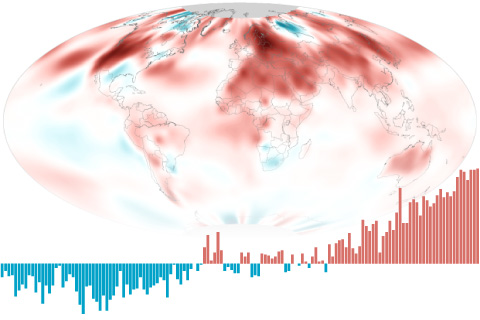
Global average surface temperature in July—the hottest month of the year on average—set a new record in 2021. It's virtually certain that the year will go on to become one of the ten warmest years in the historical record.
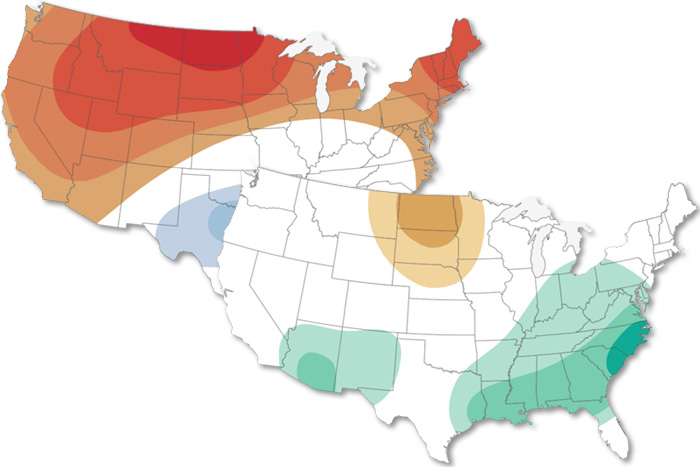
The August 2021 Climate outlook favors a wetter-than-average month across the Southwest and Southeast and above-average temperatures across much of the contiguous U.S.
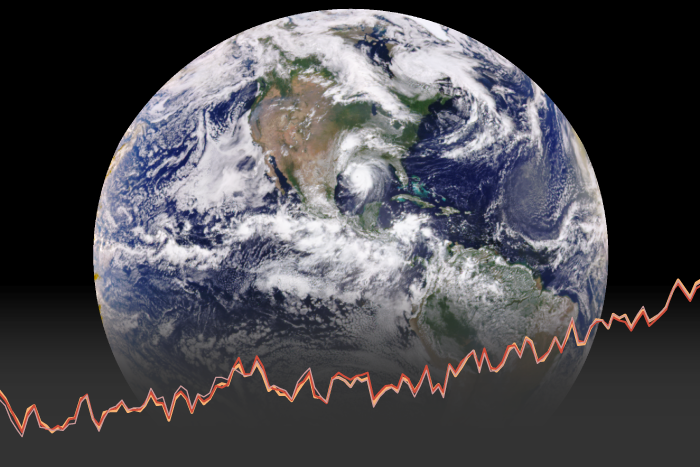
International report confirms 2020 was among three warmest years on record.
According to NOAA scientists, 2011 was a record-breaking year for climate extremes, not just in the United States, but around the world. Here's an illustrated guide to the year's top ten global climate and weather events.
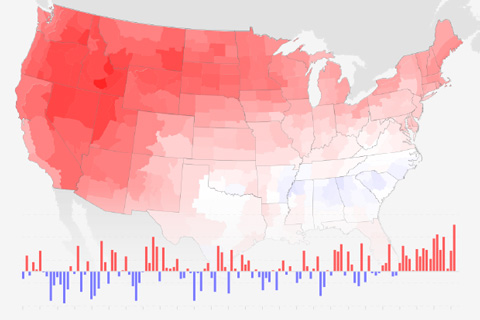
June precipitation was average across the country, a balancing out of dryness in the West and wetness in the Lower Mississippi, Eastern Seaboard, and Great Lakes.
Record-warm temperatures over land combined with a sixth-warmest June for the oceans to make June 2021 the fifth-warmest June since records began in 1880.
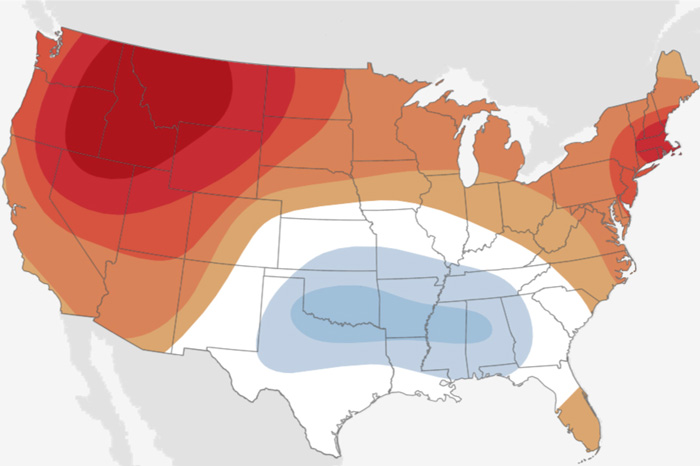
The extreme heat and dryness in the U.S. West in June have set the stage for more of the same in July.
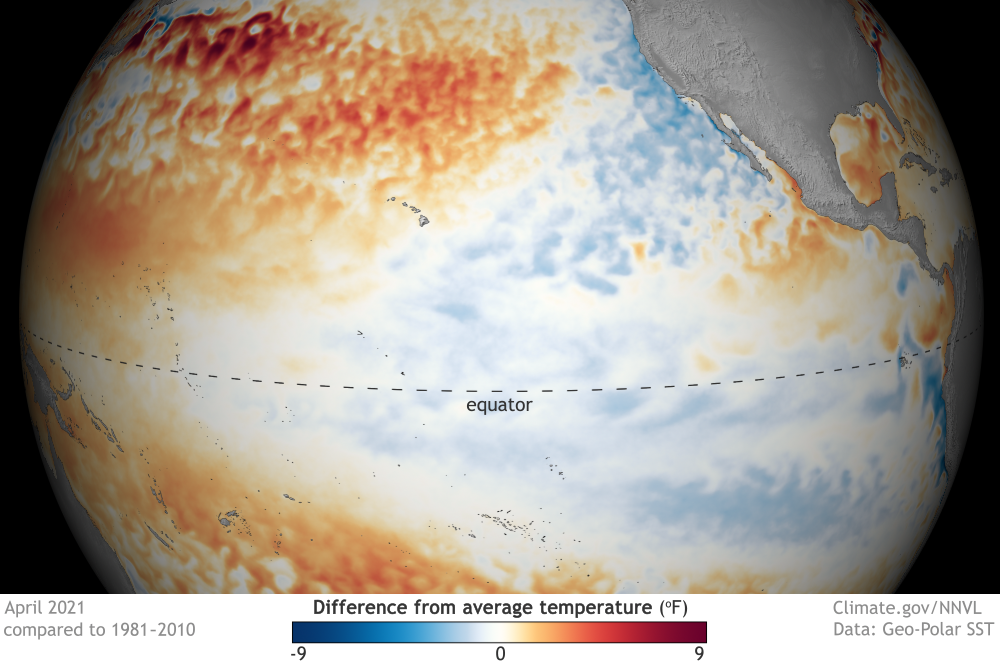
Neutral conditions have returned to the tropical Pacific. Our blogger looks ahead to the rest of 2021.

Marine scientist Flo La Valle's life has taken her from the Philippines, to Rome, to Hawaii. A love for coastal ecosystems and the communities they support has stayed with her.
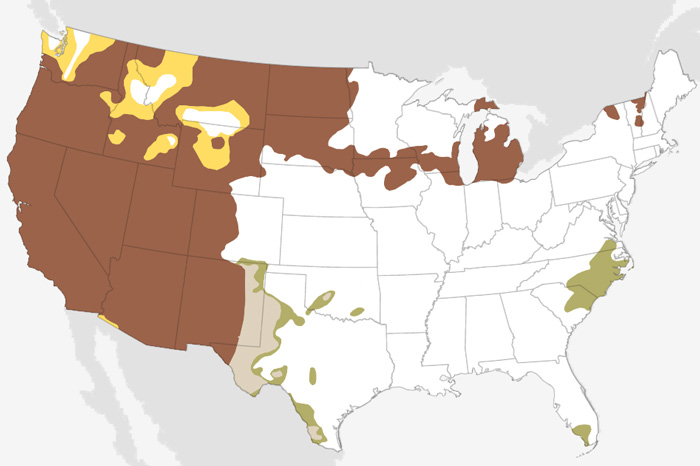
The highest chances for much warmer than average conditions are in the Great Basin and the Mid-Atlantic/Northeast.